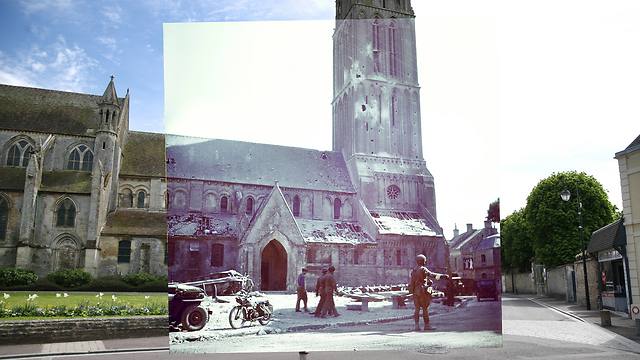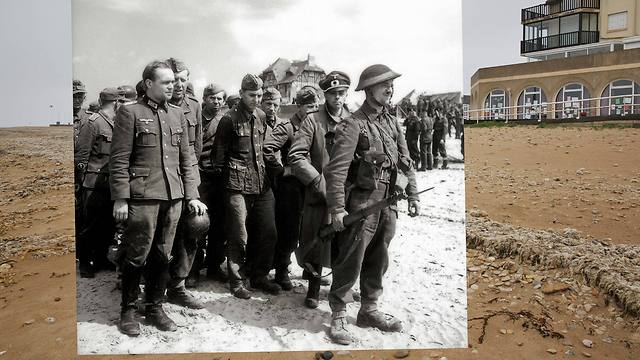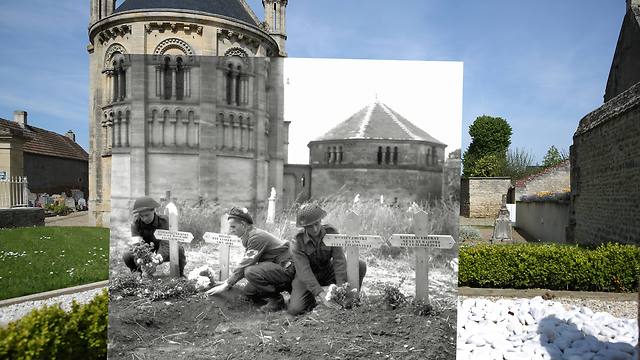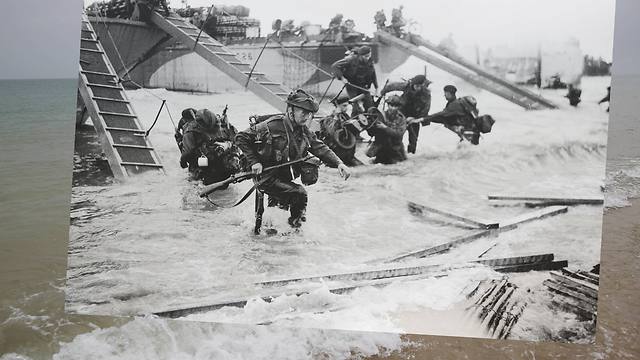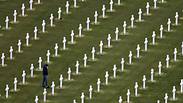
IN PICTURES: D-Day revisited
In honor of 70th anniversary for D-Day, Getty Images created mesmerizing then-and-now pictures of historic beach, layering old pictures of the battlefield on top of their tranquil location today.
June 6 will mark 70 years since the historical D-Day invasion of Europe when American, British, and Canadian forces stormed the heavily fortified beaches of Normandy, France in the biggest amphibious landing in military history that would eventually lead to the end of Hitler, the Nazis, and World War II.
Before the official ceremonies of remembrance due to take place on the beaches of northern France, Getty Images took part in a historic journey in the pastoral and picturesque region that in 1944, was the scene of one of the greatest struggles for human existence.
Related stories:
Getty Images successfully captured images picturing Normandy today, and overlaying them with mostly black and white pictures of the same landscape from the time of the Allied invasion.
Just after midnight on June 6, 1944, three divisions comprised of 23,500 American and British soldiers began the massive attack to gain a beach head at Normandy.
Some forces were parachuted into action while others even landed in dispensable gliders. British troops captured the strategic Pegasus Bridge on the Orne River while the Americans struggled to achieve their objectives after being dispersed due to heavy resistance in a vast area of operations. However, they were able to deceive the German local reserves.
In the early morning light, the vast Allied invasion force sat imposingly off the coast of Normandy with 1,200 war ships, 4,126 landing craft, and 180 cargo ships, all beneath the umbrella of 10,000 fighters and bomber aircraft.
At 5am the mighty war ships began their bombardment on Normandy's beaches along an 80 kilometer long front. Landing ships approached five beach heads bearing 132,500 soldiers under command of the British Field marshal Bernard Montgomery.
Beaches codenamed Utah and Omaha were to be stormed by American Marines, Gold beach by the Canadians, and Juno and Sword were left for British divisions along the eastern flank of the attack.
The American's at Omaha were the first to make contact on the beach at 6:30amwhile Utah beach was attacked shortly after with troops hitting solid ground at7am in broad daylight, fully visible for German defenders.
Luckily the American troops landed about two kilometers from the planned area and therefore didn't immediately run into heavy resistance.
After suffering from heavy causalities, the Allied forces succeeded in their struggle to gain a beach head large enough to land heavy military equipment such as tanks and artillery, driving a spearhead through the German lines.
The same forces that experienced such extreme action on the beaches of Normandy would eventually lead the Allies to victory over Nazi Germany, bringing an end to the deadliest war in history.










